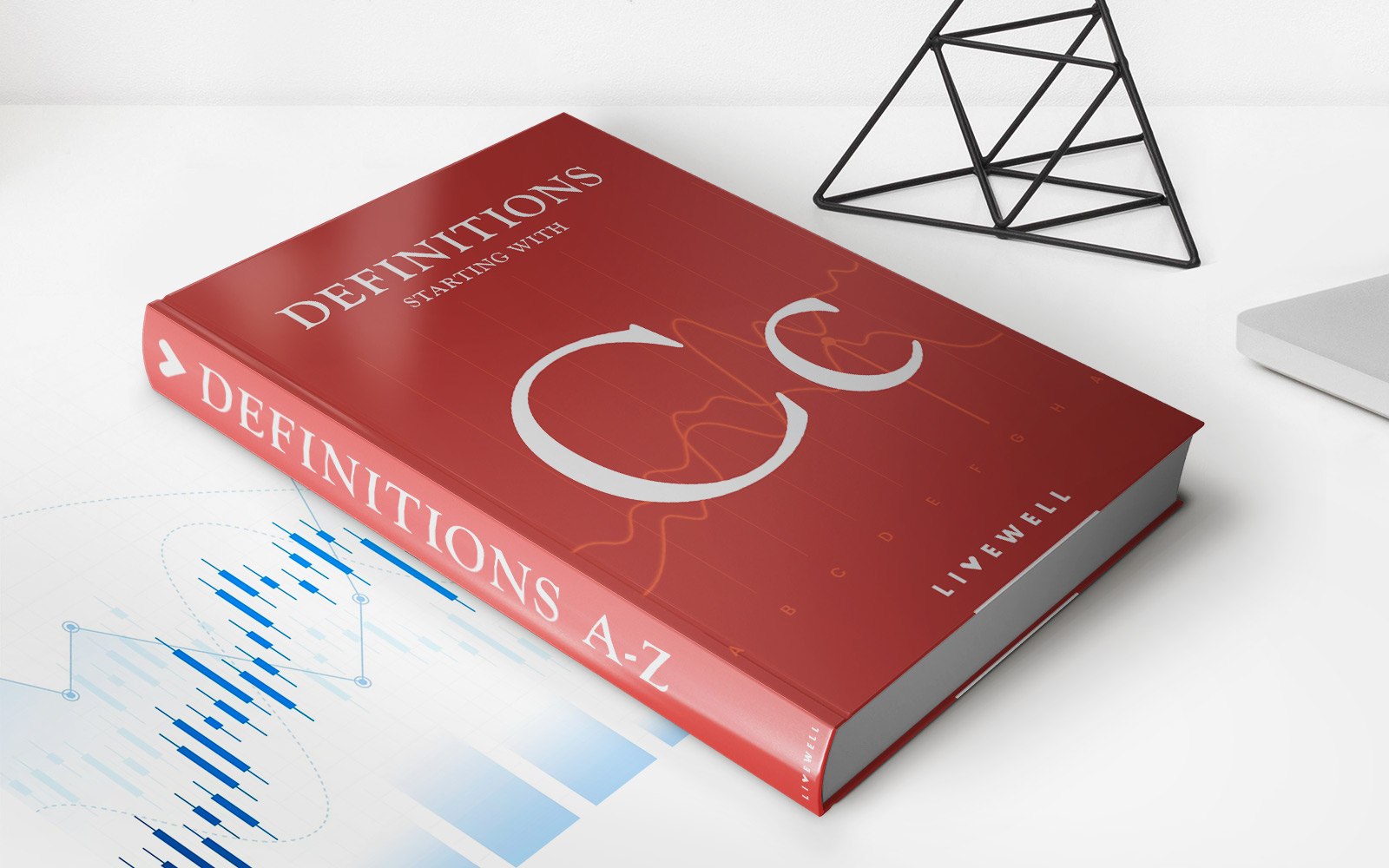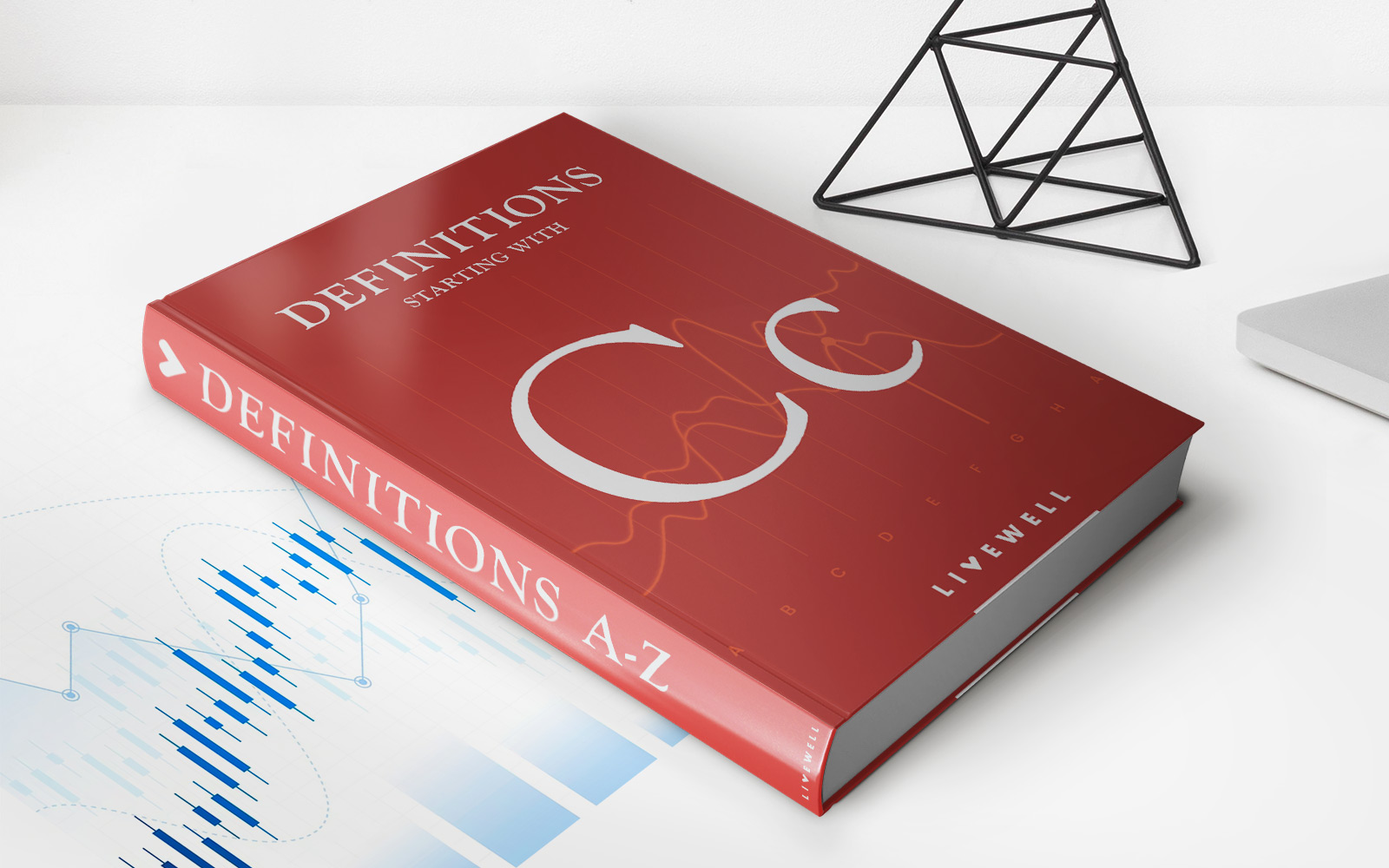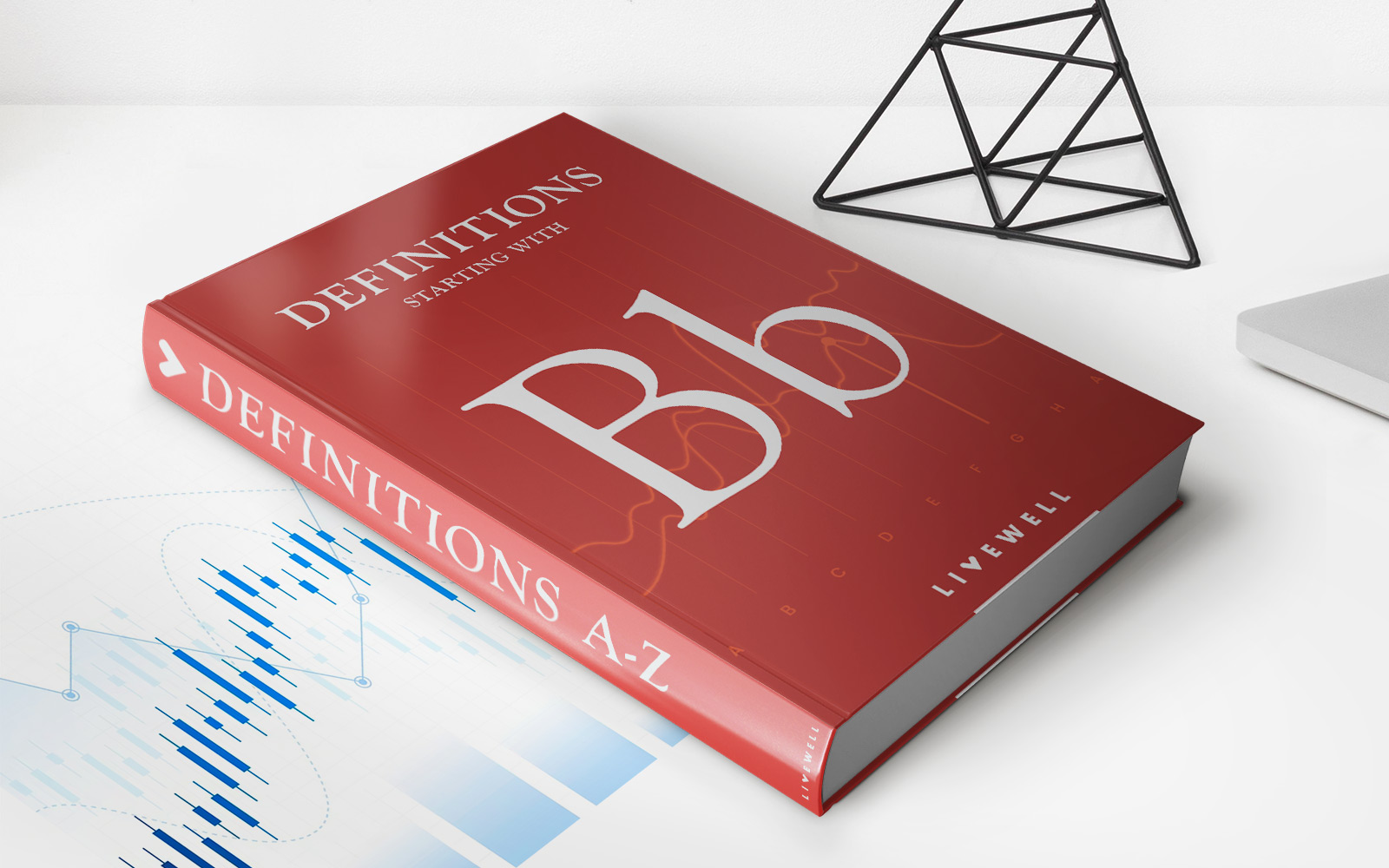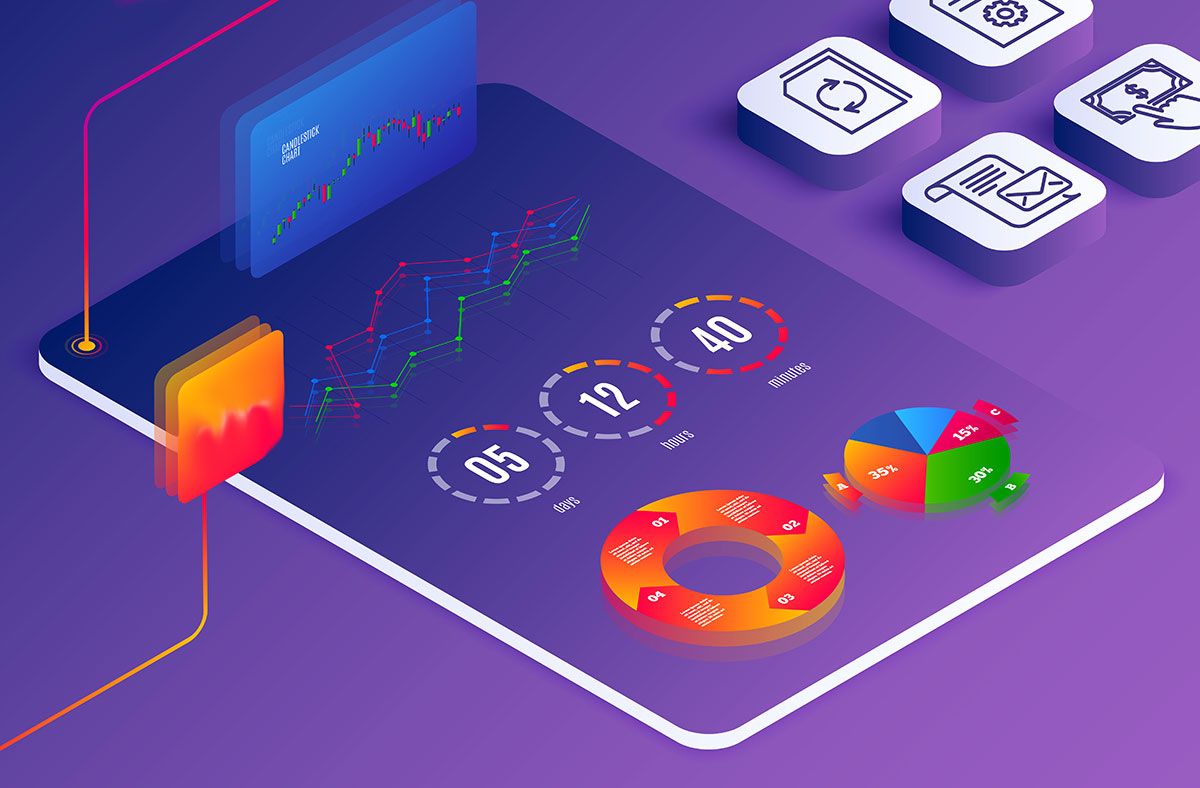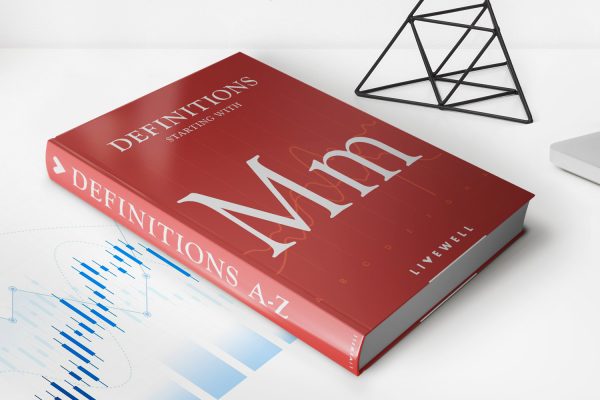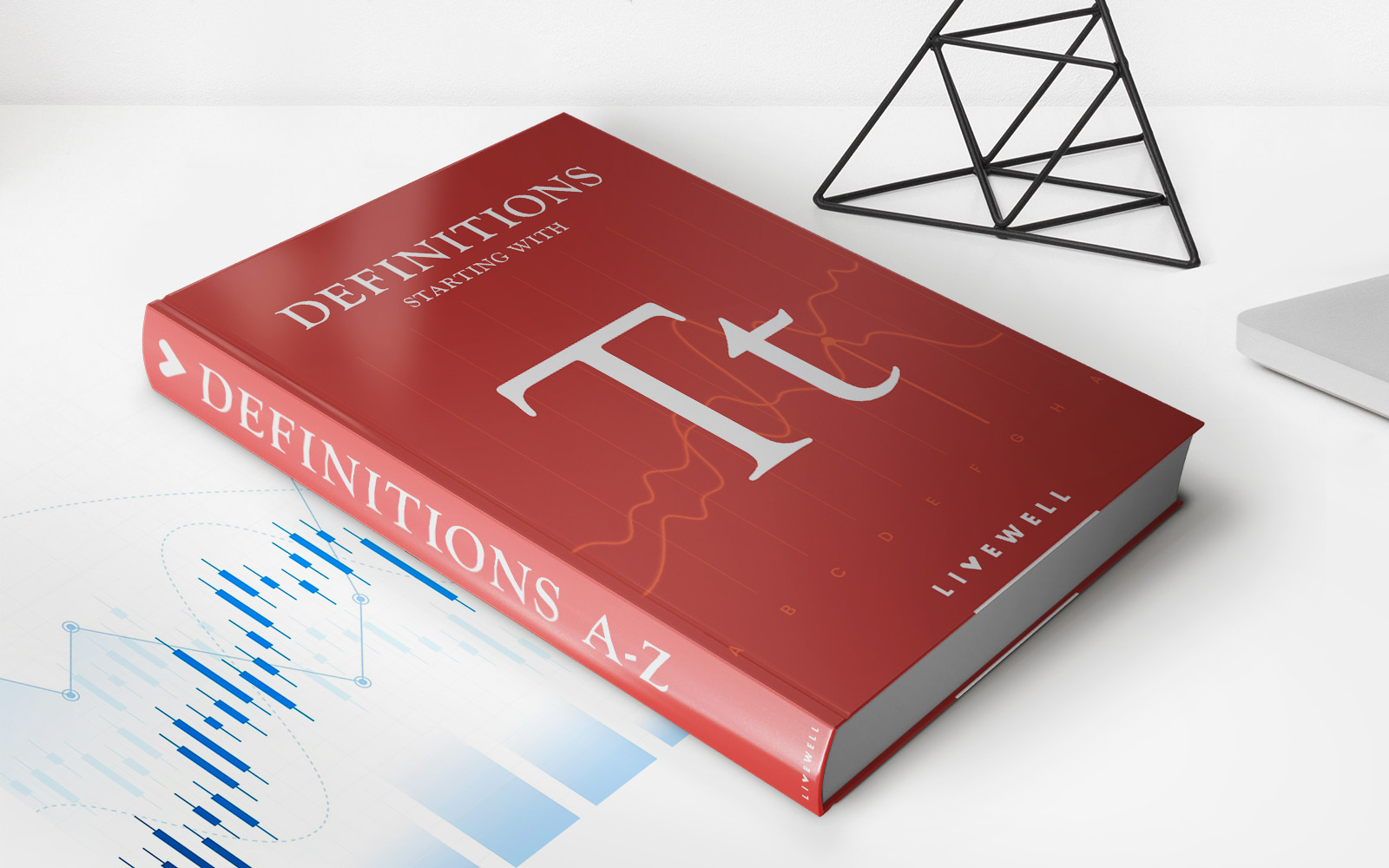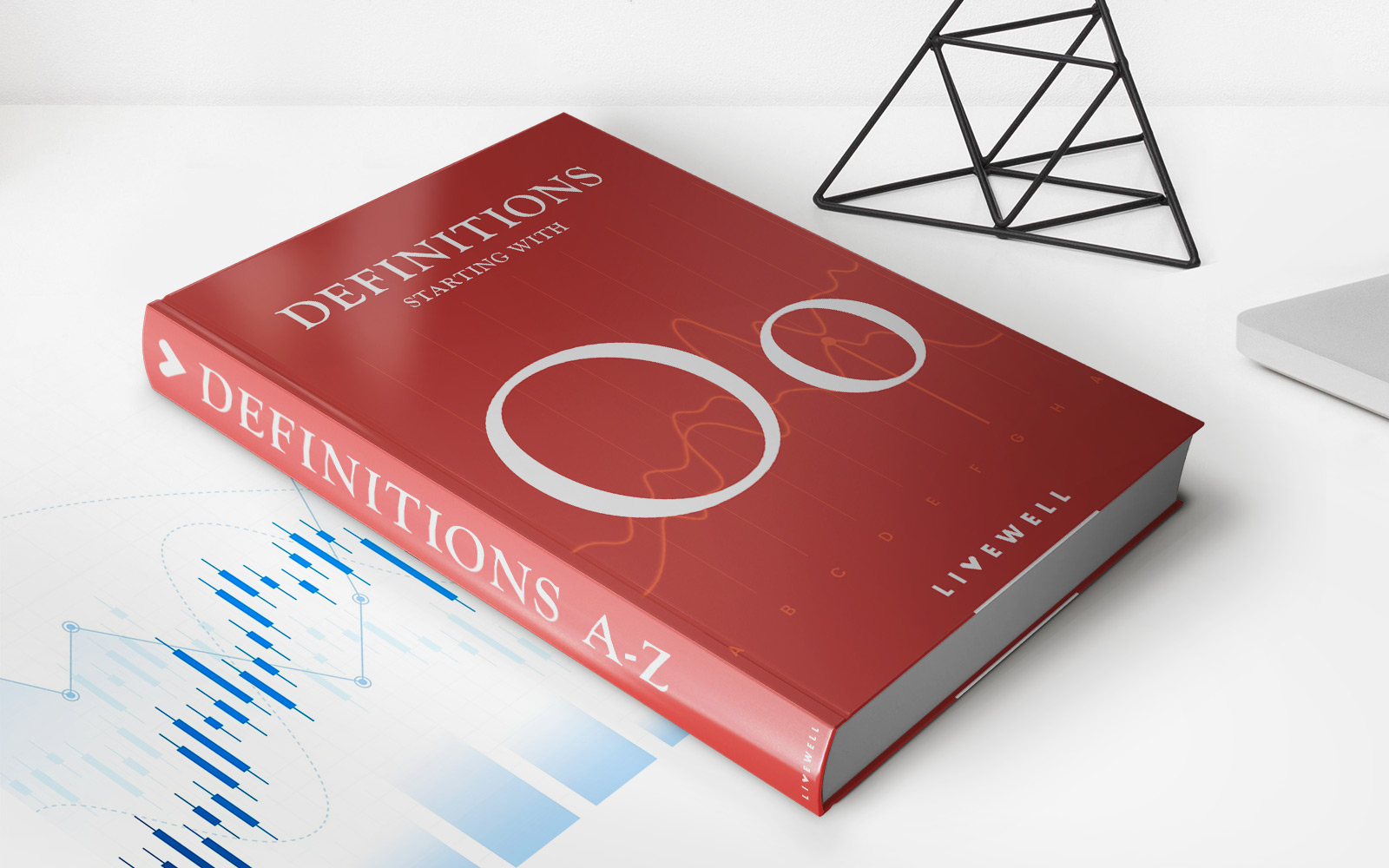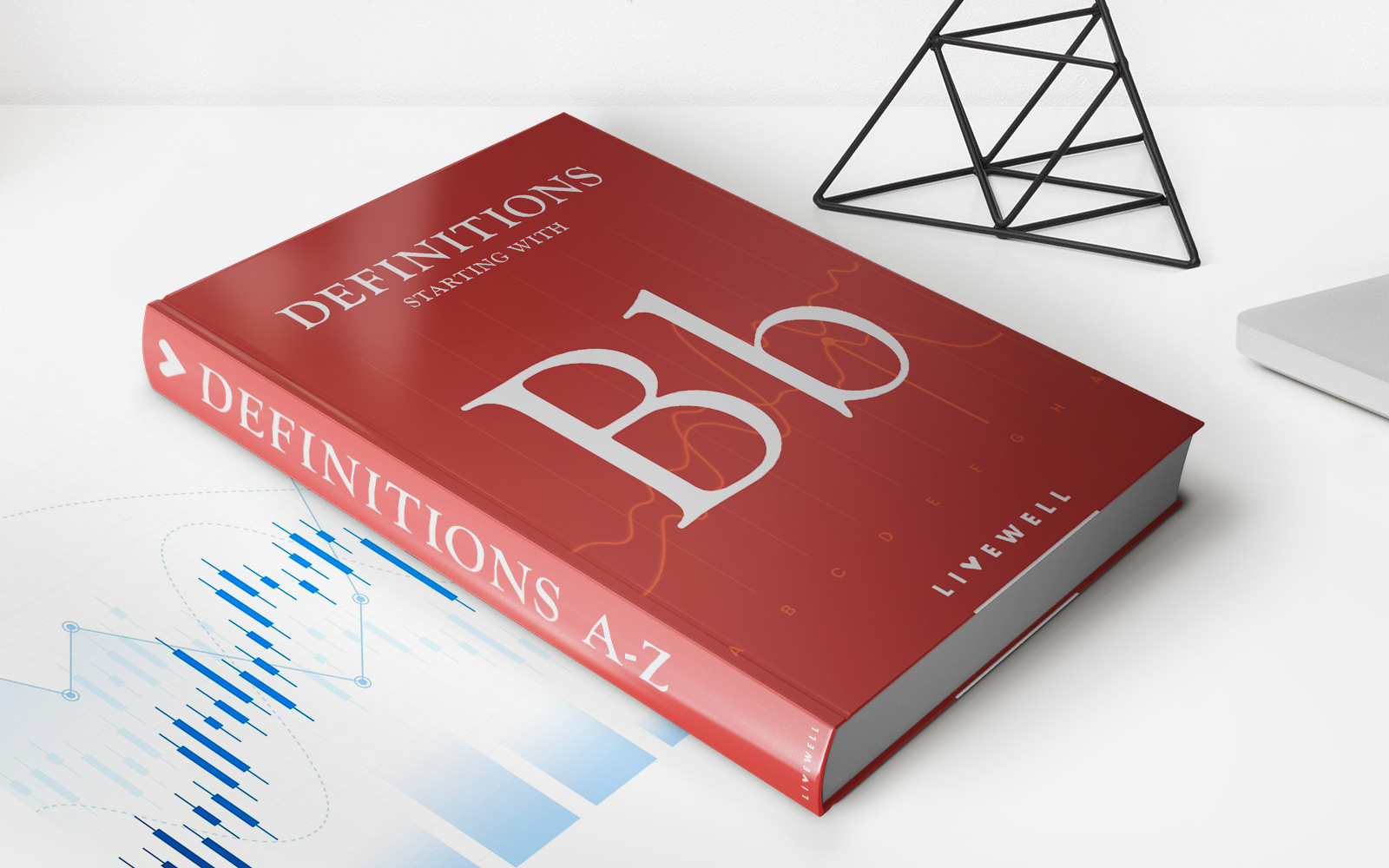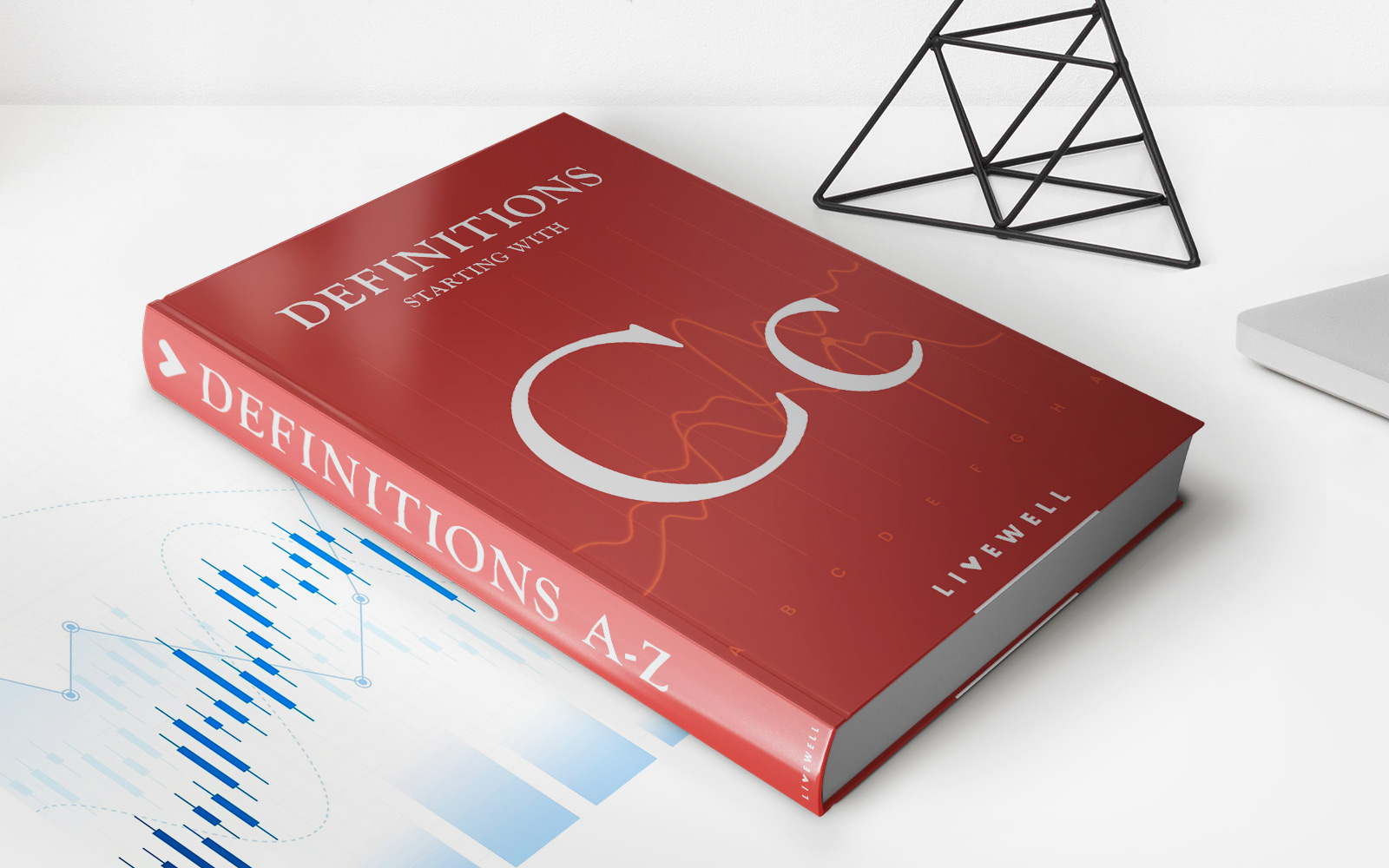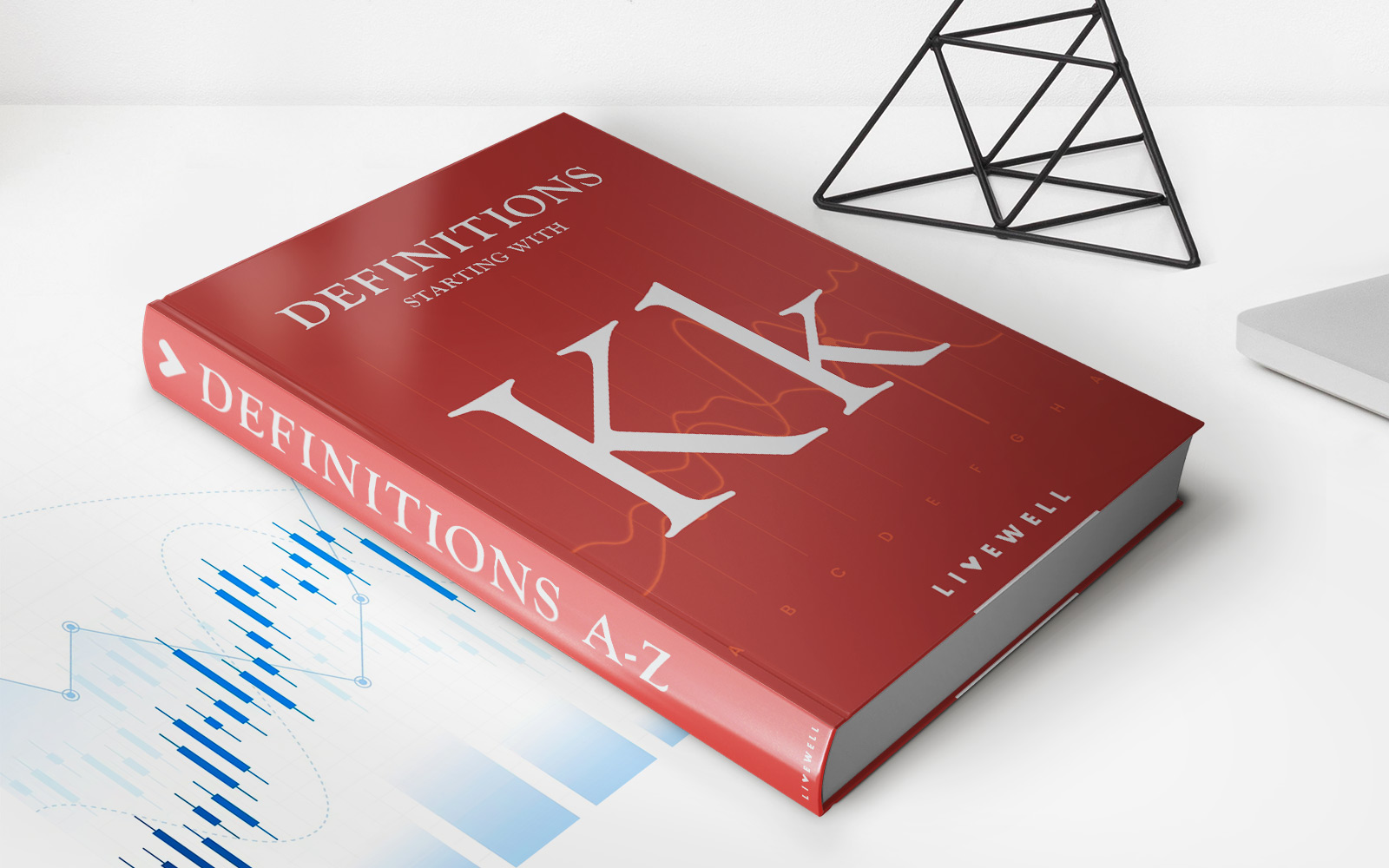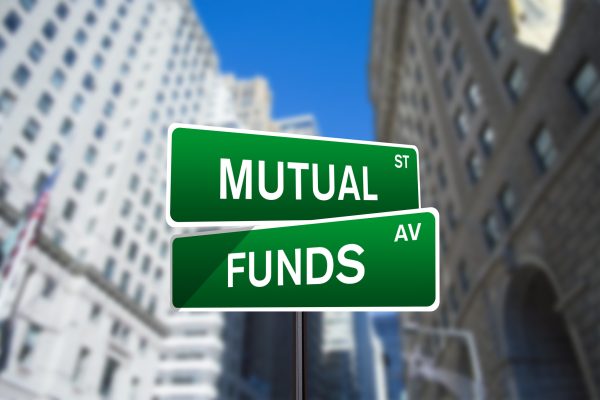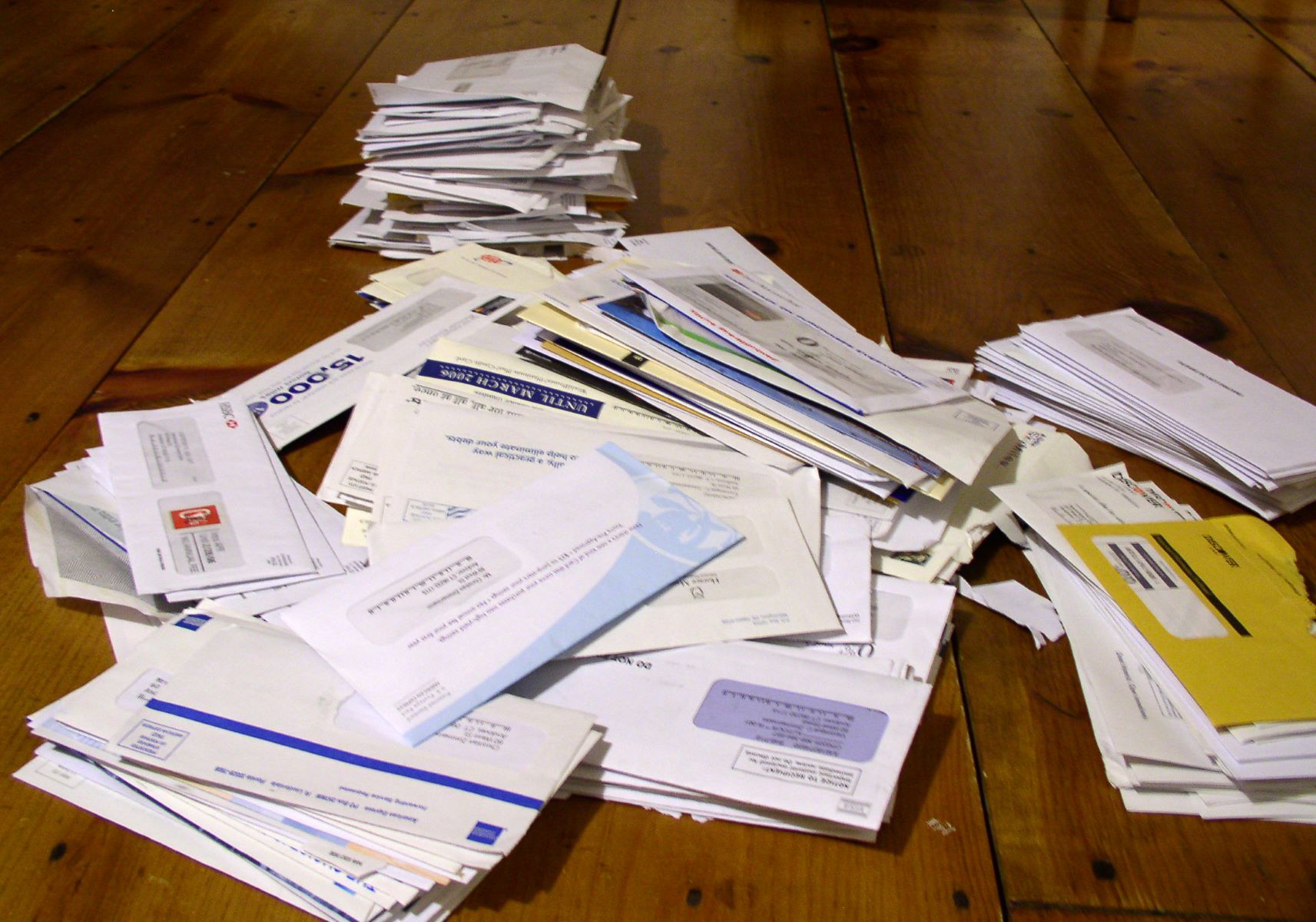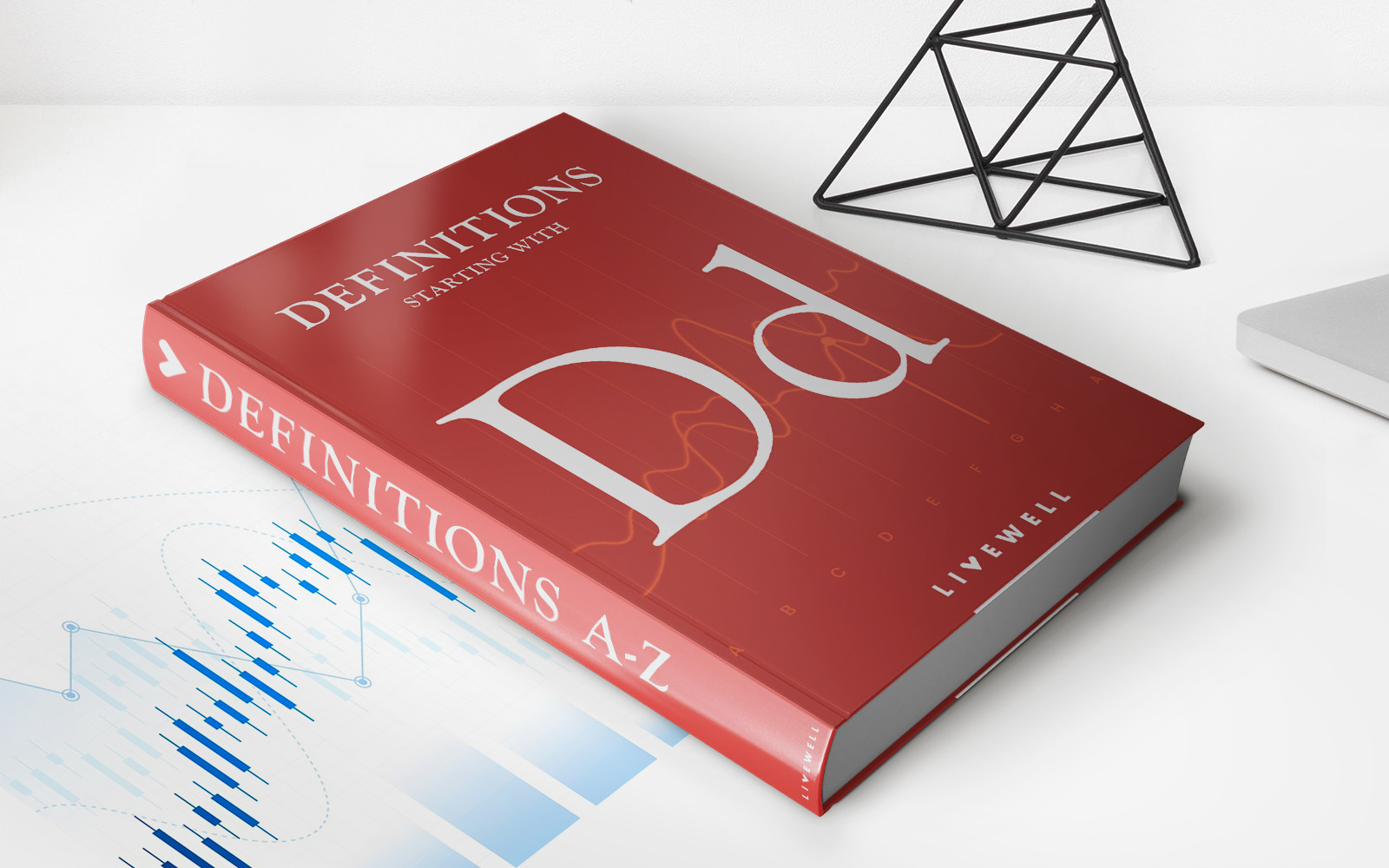Home>Finance>Boom And Bust Cycle: Definition, How It Works, And History
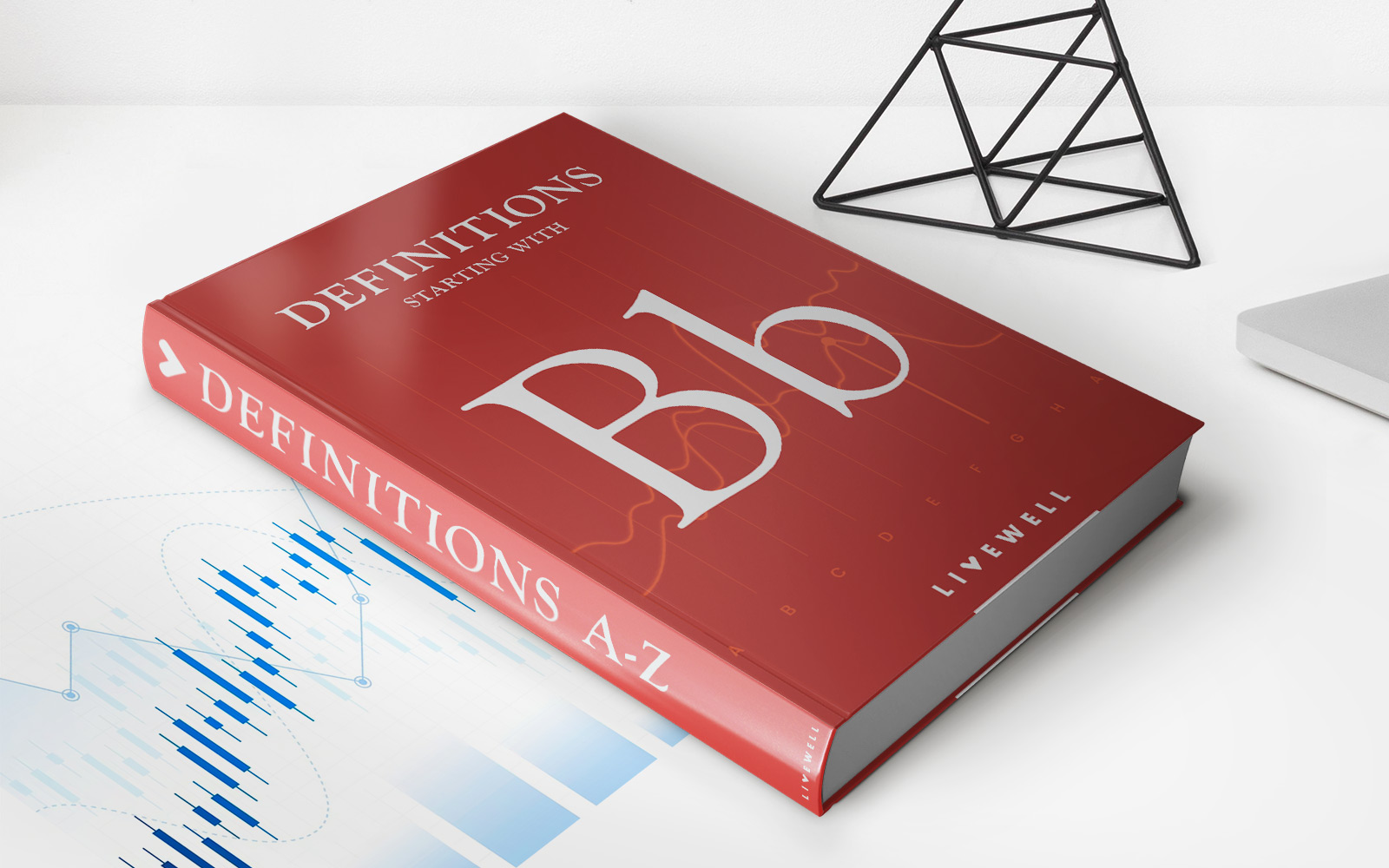

Finance
Boom And Bust Cycle: Definition, How It Works, And History
Published: October 18, 2023
Learn about the finance boom and bust cycle, including its definition, how it works, and its historical significance. Explore the fascinating history of this economic phenomenon.
(Many of the links in this article redirect to a specific reviewed product. Your purchase of these products through affiliate links helps to generate commission for LiveWell, at no extra cost. Learn more)
Understanding the Boom and Bust Cycle in Finance
When it comes to understanding the ebb and flow of the financial markets, one concept stands out: the Boom and Bust Cycle. This economic phenomenon has played out repeatedly throughout history, impacting economies, businesses, and individuals alike. But what exactly is the Boom and Bust Cycle, how does it work, and what can we learn from its history? Let’s delve into this fascinating topic.
Key Takeaways:
- The Boom and Bust Cycle refers to the recurring pattern of economic expansion (boom) followed by contraction (bust).
- This cycle is driven by a combination of factors, including market psychology, supply and demand dynamics, and government policies.
What is the Boom and Bust Cycle?
The Boom and Bust Cycle, also known as the economic or business cycle, is an inherent feature of market economies. It describes the pattern of alternating periods of economic growth and decline. During the boom phase, there is an upswing in economic activity, characterized by increased production, rising employment levels, and high consumer and investor confidence. This phase is often accompanied by a surge in stock prices and real estate values. However, unsustainable growth, speculative activity, and inflationary pressures can eventually lead to a correction in the market.
This correction is known as the bust phase, characterized by a decline in economic output, rising unemployment, and a decrease in consumer and investor confidence. The bust phase can result from various factors such as overproduction, bursting asset bubbles, or contractionary monetary and fiscal policies. Eventually, these factors cause businesses to scale back production, markets to plunge, and financial distress to occur.
How Does the Boom and Bust Cycle Work?
The Boom and Bust Cycle can be understood through a series of interconnected mechanisms:
- Expansion: The cycle starts with an expansionary phase, where economic output grows, leading to increased employment and income levels. This phase is fueled by factors such as increased consumer spending, business investment, and government stimulus measures.
- Overextension: Over time, as the economy expands, imbalances can occur, such as excessive borrowing, speculative investment, or unsustainable asset price growth. These imbalances can lead to a period of overextension, where the economy becomes vulnerable to a correction.
- Correction: A correction occurs when the imbalances in the economy become unsustainable, triggering a downturn. This phase is marked by reduced consumer spending, decreased business investment, and increased defaults and bankruptcies. Market sentiment turns pessimistic, leading to a cascade of negative economic indicators.
- Recovery: After a period of decline, eventually, the economy reaches a bottom, marking the end of the bust phase. During the recovery phase, the economy starts to stabilize and gradually grow again. This phase is characterized by increased employment, market confidence, and renewed consumer and business spending.
It is important to note that the duration and intensity of each phase can vary greatly depending on the underlying economic dynamics, policy responses, and external factors.
A Historical Perspective
The Boom and Bust Cycle has been a recurring theme throughout history. Examples of major boom and bust cycles include the Roaring Twenties and the subsequent Great Depression in the 1930s, the Dotcom Bubble and the 2000s recession, and the Global Financial Crisis triggered by the subprime mortgage market collapse in 2008.
These historical events demonstrate the cyclical nature of the economy and the potential risks associated with unchecked growth and speculative behavior. Understanding the underlying causes and consequences of these cycles can help individuals and businesses make informed decisions, mitigate risks, and adapt to changing market conditions.
Conclusion
The Boom and Bust Cycle is a fundamental aspect of market economies. It represents the natural ebb and flow of economic activity, influenced by market psychology, supply and demand dynamics, and government policies. By grasping the cycle’s workings and learning from its history, individuals and businesses can navigate these volatile periods with caution and make more informed financial decisions.
